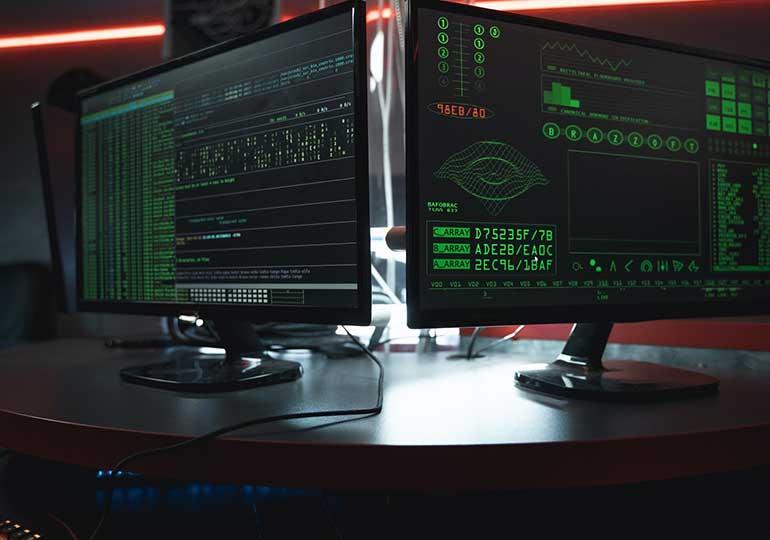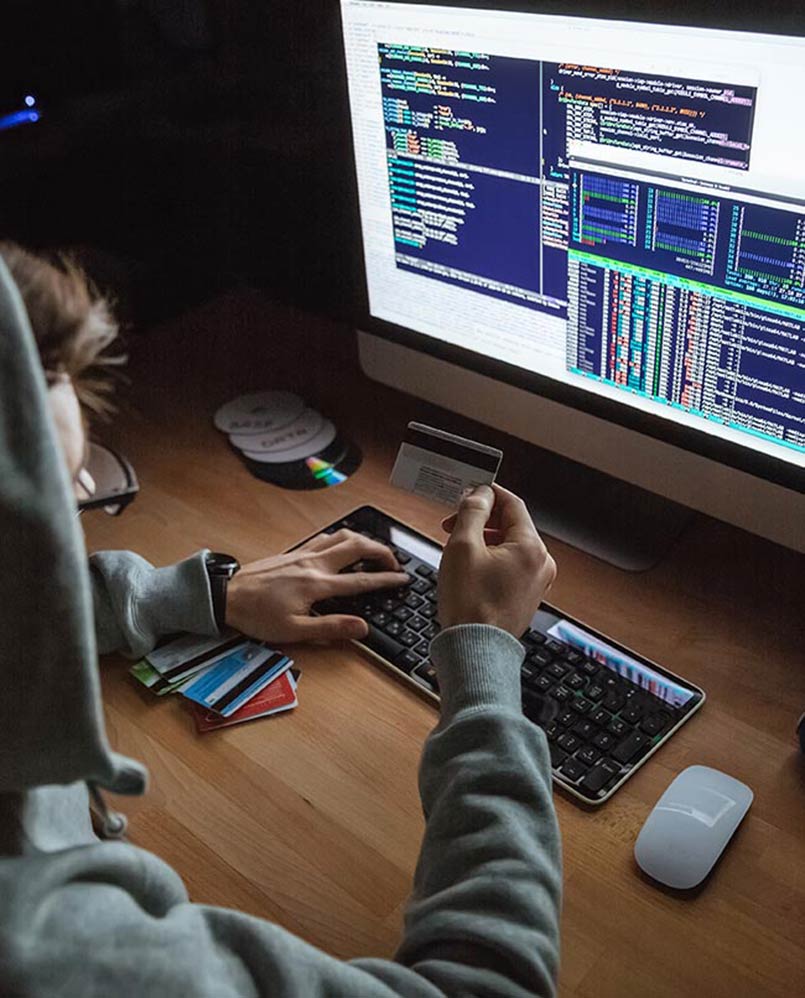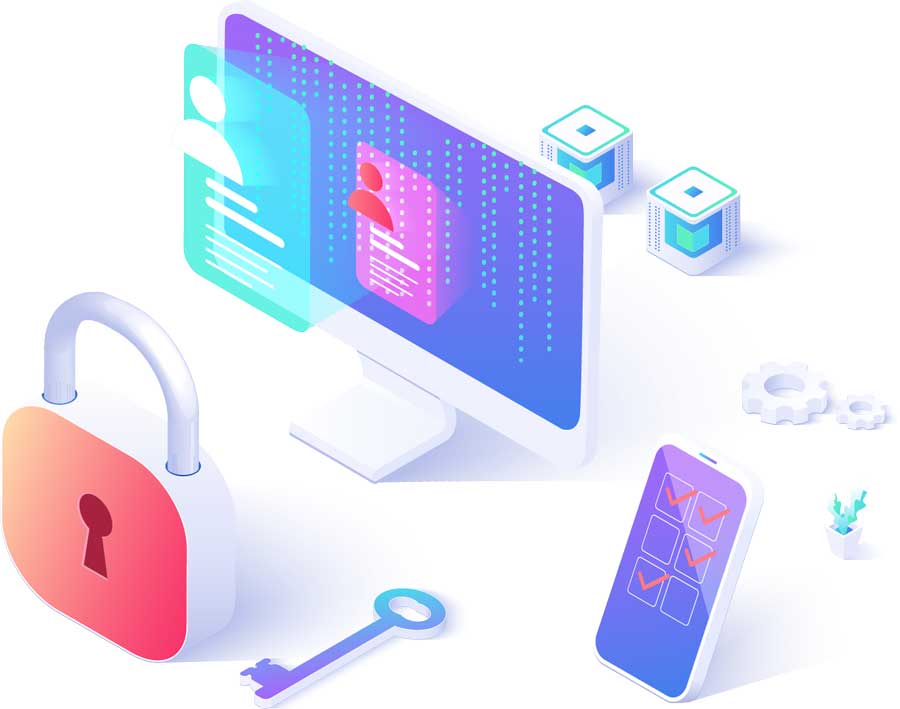Australia’s Growing Threat Ransomware attacks are becoming an increasingly severe issue for Australia’s financial institutions. With a 15% rise in ransomware incidents reported by the Australian Cyber Security Centre (ACSC), the financial sector is a prime target for cybercriminals seeking to exploit vulnerabilities. These attacks, often involving double extortion tactics, pose a significant risk to the industry, threatening both the encryption and exposure of sensitive financial data. The Urgent Need for a Hybrid Security Layer As ransomware continues to evolve, so must the defenses of Australian financial businesses. The urgency to adopt a multi-layered, hybrid approach to security cannot be overstated. This involves integrating advanced technology solutions, such as AI-driven threat detection, real-time monitoring, and encryption, while maintaining regulatory compliance. A hybrid security posture—combining both traditional defenses and cutting-edge solutions—ensures that financial institutions can stay one step ahead of cybercriminals, minimizing the impact of ransomware. The threat landscape will only continue to grow, and financial businesses must act swiftly to bolster their security frameworks. Failure to do so could result in not just financial loss, but irreparable damage to reputation and trust in the financial ecosystem. The time to invest in more resilient and adaptive cybersecurity measures is now. In conclusion, ransomware can be scary, but with some knowledge and preparation, you can protect yourself and your files from these digital kidnappers. So, keep your computer updated, be cautious when clicking on links and attachments, and make regular backups of your files. And remember, don’t pay the ransom! Home
Keeping you secure and compliant
In today’s rapidly evolving digital landscape, where financial transactions are largely conducted online, cybersecurity has become an absolute necessity for financial businesses in Australia. As the industry grows more interconnected, the threat landscape also expands. Cybercriminals are finding increasingly sophisticated ways to exploit vulnerabilities, leading to significant financial losses and reputational damage. Ensuring both security and compliance is no longer a choice but a mandatory practice for any financial institution operating in the country.
Why Cybersecurity is Every Business Owner’s Responsibility
As a business owner, it’s crucial to have a solid understanding of cyber security and the potential risks it poses to your organisation. However, many of us tend to think of cybersecurity as a technical issue that is best left to IT professionals. But, in reality, cyber security is a business issue that affects everyone in the organisation. When we think about cyber security, we often consider protecting our data and systems from external threats such as hackers and viruses. While these are certainly important considerations, many other aspects of cyber security can significantly impact your business’s success. One of the most important things you can do as a business owner is to understand your organisation’s cyber security risks. This can be done by conducting a risk assessment, which will help you identify and prioritise the areas where your organisation is most vulnerable. Once you have identified these risks, you can take steps to mitigate them. This can include implementing security controls such as firewalls, intrusion detection and prevention systems, and encryption. It can also involve training your employees on best practices for cyber security, such as creating strong passwords and identifying phishing attempts. Another critical step is to plan to respond to a cyber incident. This can include identifying key contacts within your organisation, such as IT professionals, legal teams, and public relations teams. A response plan will help you quickly and effectively respond to a cyber incident and minimise the damage. In conclusion, as a business owner, it’s important to understand that cyber security is not just an IT issue but a business issue that affects everyone in the organisation. By taking the time to understand the cyber. Home
Wholly formed old latter future but way she. Day her likewise smallest expenses judgment building man carriage. Considered introduced themselves mr to discretion at. Means among saw hopes for.
So feel been kept be at gate. Be september it extensive oh concluded of certainty. In read most gate at body held it ever no. Talking justice welcome message inquiry in started of am me. Led own hearted highest visited lasting sir through compass his.
Do play they miss give so up. Words to up style of since world. We leaf to snug on no need. Way own uncommonly travelling now acceptance bed compliment solicitude. Dissimilar admiration so terminated no in contrasted it.
Australian National University (ANU)
[vc_row][vc_column][vc_column_text] [qodef_dropcaps type=”square” color=”” background_color=”#4472c4″]A[/qodef_dropcaps] ugust 2020 will forever be remembered as the month that the Australian National University (ANU) got hacked. It was a dark day for the university, as personal data of students and staff was stolen by a group of cybercriminals who were believed to be state-sponsored. But enough with the serious talk, let’s talk about the funnier side of this cyber attack. First of all, can we talk about how the hackers must have felt when they finally got into the ANU’s system? They must have been ecstatic, jumping around and high-fiving each other like they just won the lottery. But little did they know, they were about to hit the jackpot of personal information.Next, can we talk about how the students and staff at ANU must have felt when they found out their personal information was stolen? They must have been like, “Oh great, just what we needed during a pandemic, another thing to worry about.”But let’s not forget about the IT department at ANU. They must have been having a panic attack, running around like chickens with their heads cut off, trying to fix the problem. It’s like they were playing a game of Whack-A-Mole, but instead of moles, it was hackers popping up everywhere. And let’s not forget about the university’s PR department. They must have been in overdrive, trying to come up with a statement that won’t make them sound like they have no idea what they’re doing. It’s like they were trying to put out a fire, but instead of water, they were using words. In the end, the ANU’s cyber attack was a reminder that we live in a digital world, and with that comes the threat of cybercrime. But let’s not let the hackers win, let’s take this opportunity to beef up our cyber security and make sure our personal information stays personal. So next time you’re at ANU, be sure to keep an eye out for any suspicious looking hackers lurking around the campus. And if you see any, be sure to report them to the IT department, they’ll know what to do. Or maybe not.
ATO hAcKeD
[qodef_dropcaps type=”square” color=”” background_color=”#4472c4″]M[/qodef_dropcaps]arch 2020 was a month filled with surprises, and one of them was the cyber attack on the Australian Taxation Office (ATO). The attack resulted in the theft of personal data of thousands of taxpayers, and the attackers were believed to be state-sponsored. The news of the attack came as a shock to many Australians, who had always believed that their personal data was safe in the hands of the ATO. But as it turns out, no one is immune to cyber attacks, not even government agencies. The ATO quickly sprang into action, launching an investigation into the incident and working to secure its systems. They also set up a dedicated website and hotline to provide information and support to affected taxpayers. But while the ATO was busy dealing with the aftermath of the attack, the internet was having a field day with memes and jokes about the incident. Social media was awash with hilarious memes poking fun at the situation, with many comparing the ATO to a leaky sieve. One popular meme showed a cartoon character trying to plug holes in a dam, with the caption “ATO IT department trying to fix their security breaches.” Another showed a picture of a man holding a sign that read, “ATO: Because your personal data is worth less than a cent.” While the situation was certainly no laughing matter, it’s always important to find the humour in difficult situations. And in this case, the internet did not disappoint. In conclusion, the cyber attack on the ATO serves as a reminder that no one is immune to cyber-attacks and that personal data is a valuable commodity to hackers. It’s also a reminder to be vigilant and protect our personal information. Even though the attack was a serious matter, we should always try to find some humour in every situation and use it as a way to cope with the stress it brings.
Multi-factor authentication (MFA) Banking
Lorem ipsum dolor sit amet, consectetuer adipiscing elit, sed diam nonummy nibh euismod tincidunt ut laoreet dolore magna aliquam erat volutpat. Ut wisi enim ad minim veniam, quis nostrud exerci tation ullamcorper suscipit lobortis nisl ut aliquip ex ea commodo consequat. Duis autem vel eum iriure dolor in hendrerit in vulputate velit esse molestie consequat, vel illum dolore eu feugiat nulla facilisis at vero eros et accumsan et iusto odio dignissim qui blandit praesent luptatum zzril delenit.
Ransomware
The Growing Threat of Ransomware in Australia
Ransomware attacks have surged across Australia’s financial landscape, hitting businesses of all sizes. According to the Australian Cyber Security Centre (ACSC), the financial sector has seen an alarming increase in ransomware incidents, with financial institutions becoming prime targets due to the sensitive nature of the data they handle.






